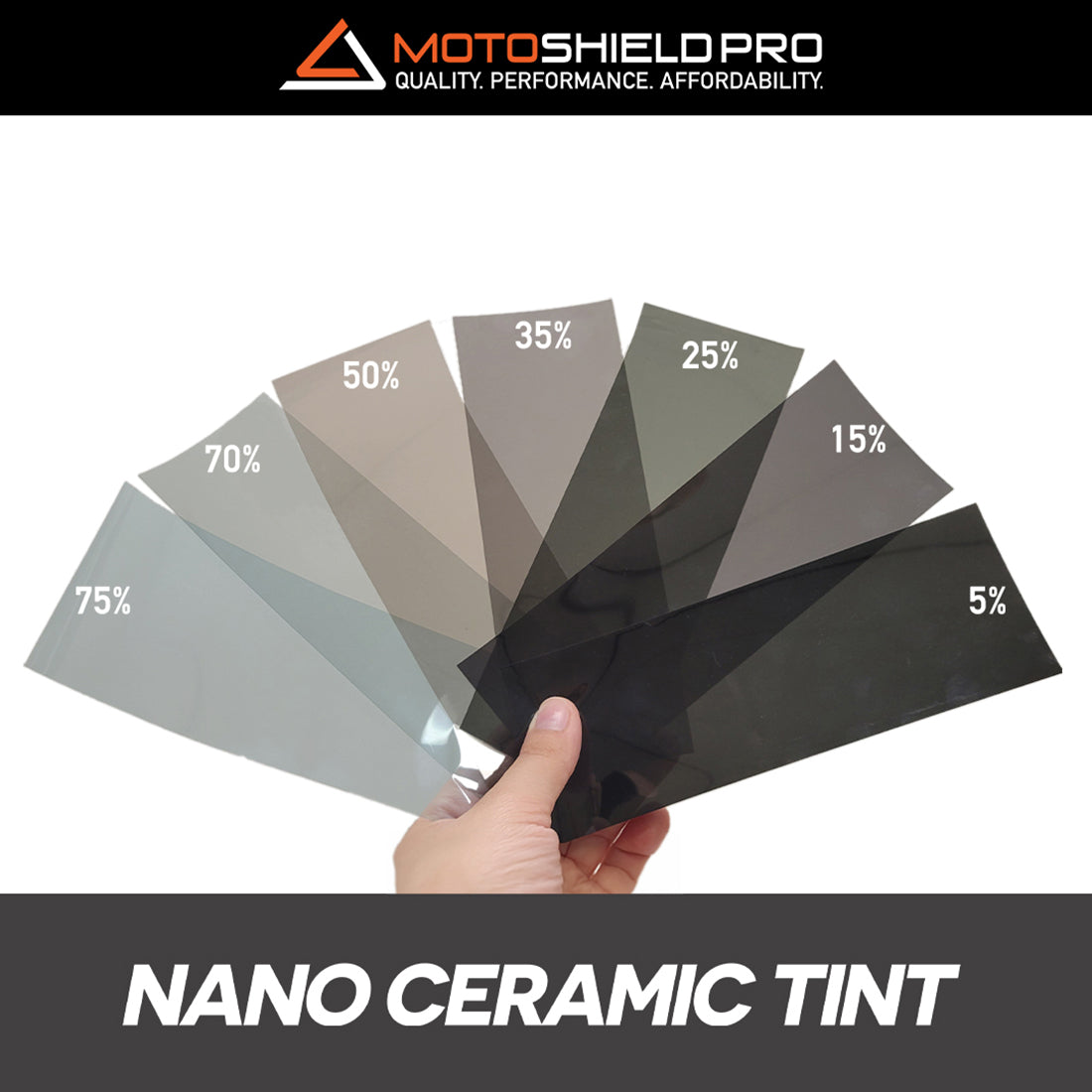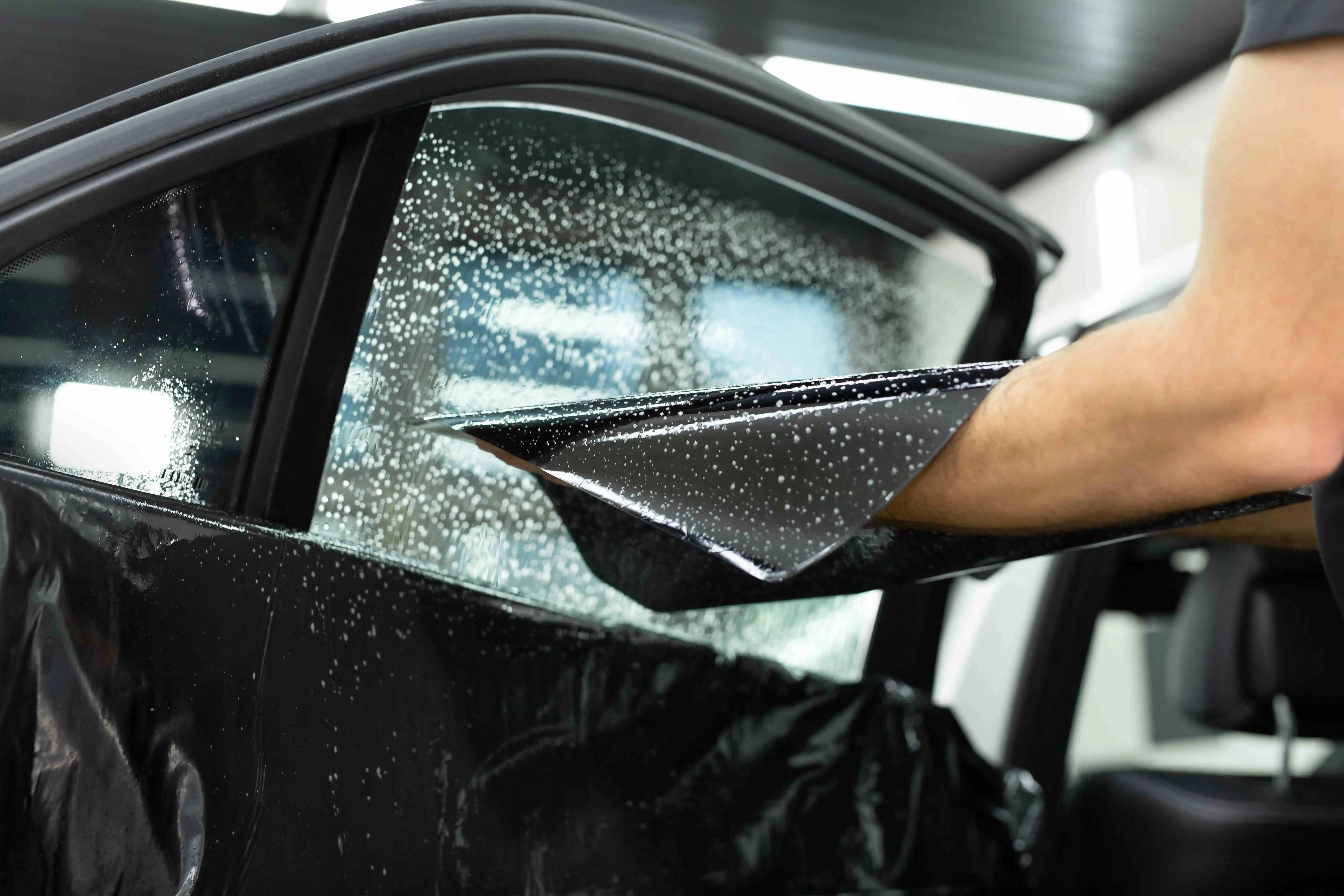Car Window Tinting for Improved Safety and Decreased Break-Ins
Car Window Tinting for Improved Safety and Decreased Break-Ins
Blog Article
Home Window Tinting Rules and Guidelines: What You Need to Know Prior To Tinting Your Automobile
Prior to waging home window tinting for your car, it is important to familiarize yourself with the varied laws and standards that regulate this technique across various states. These policies determine the allowable degrees of tint darkness, frequently determined by visible light transmission (VLT) portions, and include specific stipulations for front windscreens targeted at making sure road safety and security. Additionally, certain territories might offer clinical exemptions for people with certifying conditions. Recognizing these complexities can conserve you from possible lawful ramifications, yet what are the specific policies in your state?
Summary of Window Tinting Rules
Home window tinting laws are frequently subject to variant across various territories, reflecting regional laws and safety and security factors to consider. These laws determine the acceptable degrees of tint darkness and reflectiveness on vehicle home windows, making sure that chauffeurs preserve appropriate exposure while additionally safeguarding against dangerous UV rays and warm.
Most guidelines classify window tinting based upon the Visible Light Transmission (VLT) portion, which indicates the quantity of light that can pass via the window. Normally, reduced VLT portions symbolize darker colors. Regulations frequently differentiate in between the front, side, and rear home windows, with stricter limitations put on the front windscreen to improve security for both the vehicle driver and various other roadway users.
Compliance with home window tinting regulations is vital, as violations can result in penalties, necessary removal of the tint, and possible boosts in insurance coverage costs. It is essential for lorry owners to familiarize themselves with regional regulations prior to continuing with window tinting setups.
State-by-State Color Laws
Recognizing the certain home window tinting laws in each state is essential for automobile owners seeking to adhere to the regulation. Each state in the united state has established its own set of guidelines governing home window tinting, which can differ considerably. These policies usually dictate the allowable degrees of color darkness, the sorts of home windows that can be tinted, and any type of medical exceptions that may use.
For instance, states like California have rigid constraints on color darkness for front home windows, while others, such as New Mexico, might allow darker tints. In addition, specific states mandate certain presence portions for different home windows, consisting of the windscreen, front side windows, and rear home windows. It is vital for vehicle owners to familiarize themselves with their state's regulations to prevent prospective fines or charges.
Additionally, some states may call for a qualification sticker label to be put on tinted windows, suggesting conformity with state legislations. Failing to abide by these policies not only runs the risk of lawful consequences but can likewise impact safety and security and presence while driving. Vehicle owners should carry out thorough research study or get in touch with neighborhood authorities to guarantee complete understanding and compliance with state-by-state tint policies.
Allowed Tint Kinds and levels
Lots of car owners may be stunned to learn that permitted color levels and types differ extensively throughout various states. Each state has actually established its very own laws pertaining to the acceptable darkness and reflectivity of home window color, usually measured by Visible Light Transmission (VLT) portions. VLT refers to the amount of light that can travel through the tinted windows; hence, a lower portion suggests a darker tint.

Furthermore, the kinds of tint materials permitted can differ, with some states prohibiting mirror-like or metal surfaces. It is important for car proprietors to familiarize themselves with their state's specific legislations to ensure compliance. Non-compliance can lead to penalties, necessary elimination of the tint, or various other legal effects, making it important to understand these laws prior to waging installation.
Medical Exceptions for Tinting
While not all states supply allocations for medical exceptions relating to my site home window tinting, those that do recognize the requirement for certain people to boost exposure and comfort as a result of clinical problems. Different medical conditions, such as lupus, skin cancer cells, and certain eye problems, can make people particularly delicate to sunlight. These individuals may call for darker tints to safeguard themselves from unsafe UV rays and glow.

It is very important to keep in mind that even with a clinical exemption, there may still be limitations on the degree of tint enabled. Conformity with state regulations ensures that individuals are try this both protected and within lawful restrictions. Those considering clinical exemptions must contact their local Division of Motor Cars or equal authority to recognize the procedures and demands essential to make an application for an exception properly.
Charges for Non-Compliance
Falling short to follow home window tinting legislations can cause substantial charges, which differ by state. Police are empowered to provide citations for vehicles that do not comply with the defined tinting guidelines. These penalties normally consist of fines, which can range from modest total up to a number of hundred bucks, depending upon the Click Here seriousness of the violation and the state in concern.
In some territories, repeated offenses might result in intensifying fines or extra fines, such as required court looks. Moreover, non-compliance might require the elimination of illegal tinting, typically at the owner's expense. In extreme situations, regular wrongdoers may encounter suspension of their lorry registration until conformity is attained.
Additionally, insurance ramifications might emerge from receiving multiple citations for home window color violations. Insurers may check out such violations as a sign of riskier actions, possibly resulting in enhanced premiums or trouble in protection.
To avoid these fines, it is essential for car owners to familiarize themselves with their regional window tinting regulations and make sure that their automobile complies (Window Tinting). This proactive method not only avoids lawful ramifications however additionally promotes road safety and security
Final Thought

The majority of regulations classify window tinting based on the Visible Light Transmission (VLT) percent, which suggests the amount of light that can pass via the window. Conformity with window tinting guidelines is critical, as violations can result in penalties, compulsory elimination of the tint, and potential boosts in insurance policy premiums.Recognizing the certain home window tinting laws in each state is essential for car proprietors looking for to abide with the law. These guidelines usually dictate the allowed degrees of color darkness, the types of windows that can be tinted, and any kind of medical exemptions that may apply.
For circumstances, states like California have rigorous restrictions on color darkness for front home windows, while others, such as New Mexico, might enable darker colors.
Report this page